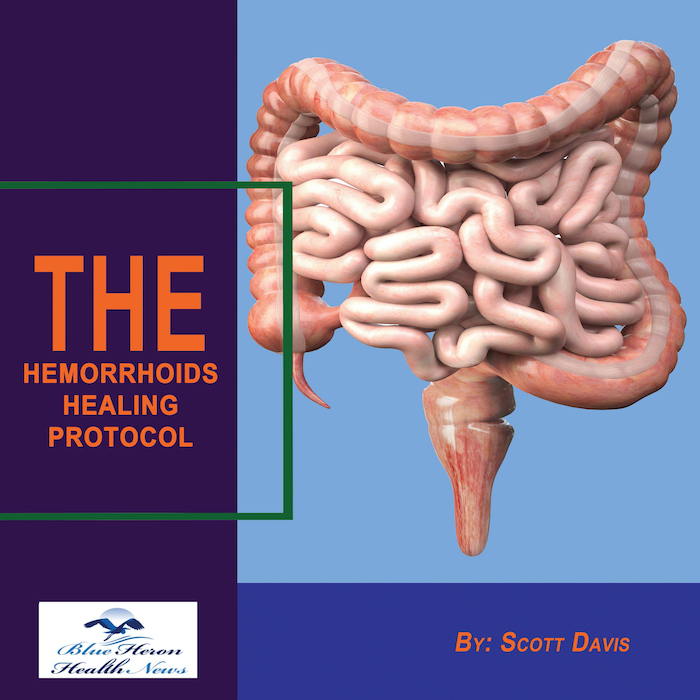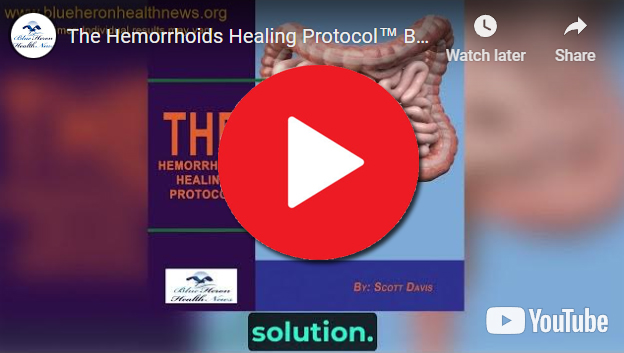
The Hemorrhoids Healing Protocol™ By Scott Davis Hemorrhoid healing protocol is a three-week online program that helps in treating and reducing hemorrhoids. It teaches gentle recipes and movements, natural and effective remedies that help in treating hemorrhoids.This program is not like the usual prescription medicines, it is a hell of a lot more than just those drugs. It focuses more on elevating the two main not so good habits that are connected to the Hemorrhoids. Overall the sole motive of this program is to remove the problem from its root instead of just treating the symptoms.
What are the common treatments for hemorrhoids?
Common Treatments for Hemorrhoids
Hemorrhoids, also known as piles, are swollen and inflamed veins in the lower rectum and anus that can cause discomfort, pain, itching, and bleeding. Treatment for hemorrhoids depends on the severity and type (internal or external) of the condition. Here’s a comprehensive overview of the common treatments for hemorrhoids:
1. Lifestyle and Dietary Changes
High-Fiber Diet:
- Importance:
- Increasing dietary fiber can soften stools and promote regular bowel movements, reducing the need for straining.
- Sources:
- Fruits, vegetables, whole grains, legumes, and fiber supplements (e.g., psyllium, methylcellulose).
Hydration:
- Importance:
- Drinking plenty of water helps keep stools soft and easier to pass.
- Recommendation:
- Aim for at least 8 glasses (about 2 liters) of water per day.
Regular Exercise:
- Importance:
- Physical activity stimulates bowel function and helps prevent constipation.
- Types:
- Walking, jogging, swimming, yoga, and other moderate exercises.
Healthy Bowel Habits:
- Avoid Straining:
- Do not strain during bowel movements to reduce pressure on rectal veins.
- Respond to Urges:
- Go to the bathroom as soon as you feel the urge to have a bowel movement to prevent stool hardening.
2. Home Remedies
Warm Sitz Baths:
- Mechanism:
- Soaking the anal area in warm water several times a day, especially after bowel movements, can reduce pain and inflammation.
- Method:
- Sit in a bathtub filled with a few inches of warm water or use a sitz bath basin.
Cold Compresses:
- Mechanism:
- Applying ice packs or cold compresses to the affected area can reduce swelling and provide pain relief.
- Method:
- Apply for 15-20 minutes several times a day.
Topical Treatments:
- Over-the-Counter (OTC) Creams and Ointments:
- Products containing hydrocortisone, witch hazel, lidocaine, or other soothing agents can reduce inflammation, itching, and pain.
- Application:
- Apply as directed, usually 2-4 times a day.
3. Medications
Oral Pain Relievers:
- Types:
- Acetaminophen (Tylenol), ibuprofen (Advil, Motrin), and aspirin can help alleviate pain and discomfort.
- Usage:
- Take as directed to manage pain.
Stool Softeners:
- Types:
- Docusate sodium (Colace) can help soften stools and make them easier to pass.
- Usage:
- Use as directed, especially if constipation is a problem.
Laxatives:
- Types:
- Bulk-forming laxatives (psyllium, methylcellulose), osmotic laxatives (polyethylene glycol, lactulose), and stimulant laxatives (bisacodyl, senna) can help regulate bowel movements.
- Usage:
- Use under medical supervision to avoid dependency.
4. Minimally Invasive Procedures
Rubber Band Ligation:
- Mechanism:
- A small rubber band is placed around the base of an internal hemorrhoid to cut off its blood supply, causing it to shrink and fall off.
- Procedure:
- Performed in a doctor’s office and typically requires multiple sessions.
Sclerotherapy:
- Mechanism:
- A chemical solution is injected into the hemorrhoid to shrink it by causing a scar to form and cut off its blood supply.
- Procedure:
- Performed in a doctor’s office.
Infrared Coagulation (IRC):
- Mechanism:
- Infrared light is used to coagulate the blood vessels, leading to the hemorrhoid shrinking.
- Procedure:
- Performed in a doctor’s office and usually requires multiple sessions.
Electrocoagulation:
- Mechanism:
- An electric current is used to create scar tissue and cut off the blood supply to the hemorrhoid.
- Procedure:
- Performed in a doctor’s office.
5. Surgical Procedures
Hemorrhoidectomy:
- Mechanism:
- Surgical removal of large or severe hemorrhoids.
- Procedure:
- Performed under anesthesia in a hospital or surgical center. It is effective for severe hemorrhoids but requires a longer recovery time.
Stapled Hemorrhoidopexy:
- Mechanism:
- A stapling device is used to reposition and fix prolapsed hemorrhoids back into the rectum and cut off their blood supply.
- Procedure:
- Performed under anesthesia and involves less pain and a quicker recovery than a traditional hemorrhoidectomy.
Thrombectomy:
- Mechanism:
- Removal of a thrombosed external hemorrhoid.
- Procedure:
- Performed under local anesthesia in a doctor’s office to provide immediate relief from pain and swelling.
Choosing the Right Treatment
The choice of treatment for hemorrhoids depends on several factors, including the severity of the condition, the type of hemorrhoid (internal or external), the patient’s overall health, and their preferences. Mild hemorrhoids can often be managed with lifestyle changes, home remedies, and over-the-counter treatments, while more severe cases may require minimally invasive procedures or surgery.
Consultation with a Healthcare Provider
It is essential to consult a healthcare provider for a proper diagnosis and treatment plan, especially if:
- There is significant pain or bleeding.
- Symptoms do not improve with home treatments.
- Hemorrhoids are recurring or persistent.
- There is a suspicion of other underlying conditions.
Conclusion
Hemorrhoid treatment options range from lifestyle and dietary changes to home remedies, medications, minimally invasive procedures, and surgical interventions. The appropriate treatment depends on the severity and type of hemorrhoid and individual patient factors. By understanding the available treatments and consulting with healthcare providers, individuals can effectively manage hemorrhoid symptoms and improve their quality of life. Regular follow-ups with healthcare providers are crucial to monitor progress and make necessary adjustments to the treatment plan.
The Hemorrhoids Healing Protocol™ By Scott Davis Hemorrhoid healing protocol is a three-week online program that helps in treating and reducing hemorrhoids. It teaches gentle recipes and movements, natural and effective remedies that help in treating hemorrhoids.This program is not like the usual prescription medicines, it is a hell of a lot more than just those drugs. It focuses more on elevating the two main not so good habits that are connected to the Hemorrhoids. Overall the sole motive of this program is to remove the problem from its root instead of just treating the symptoms.
